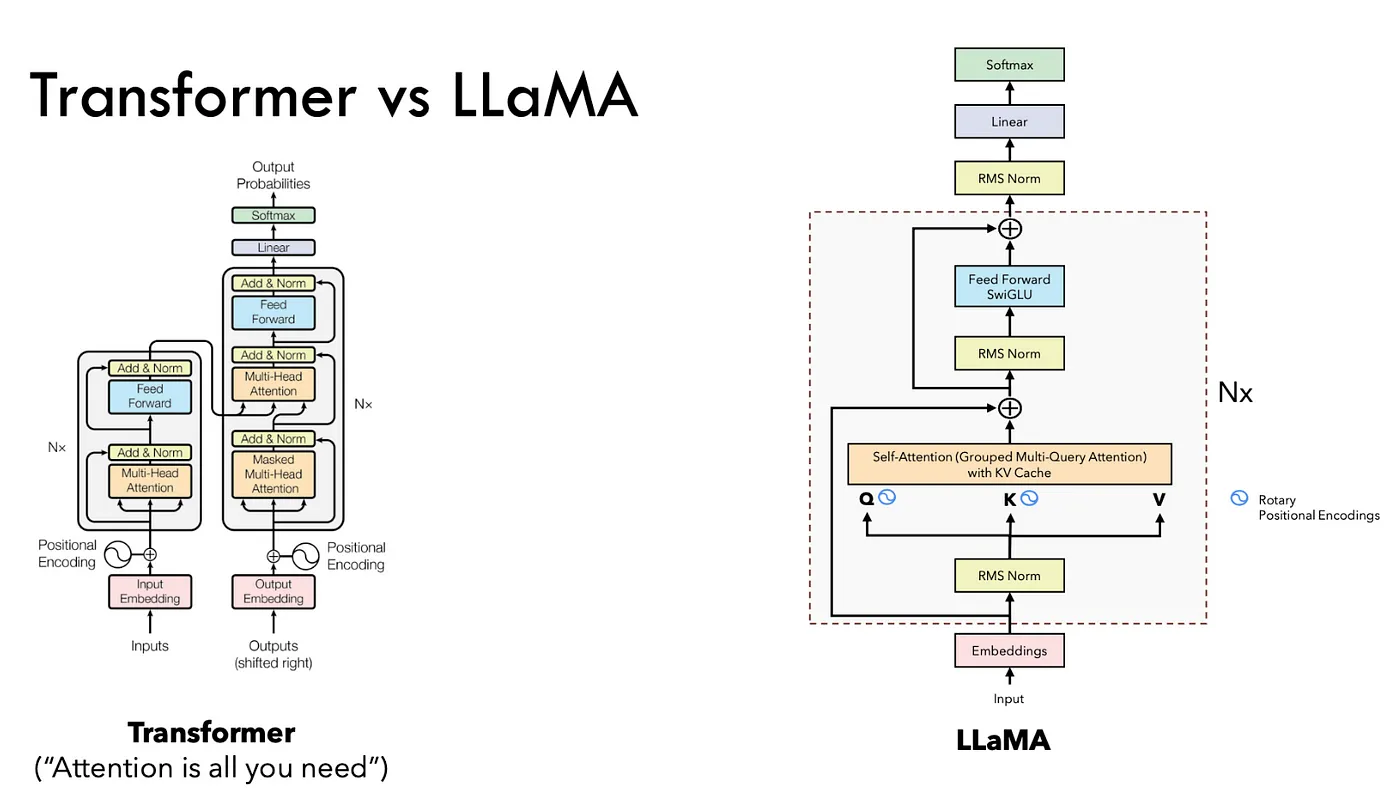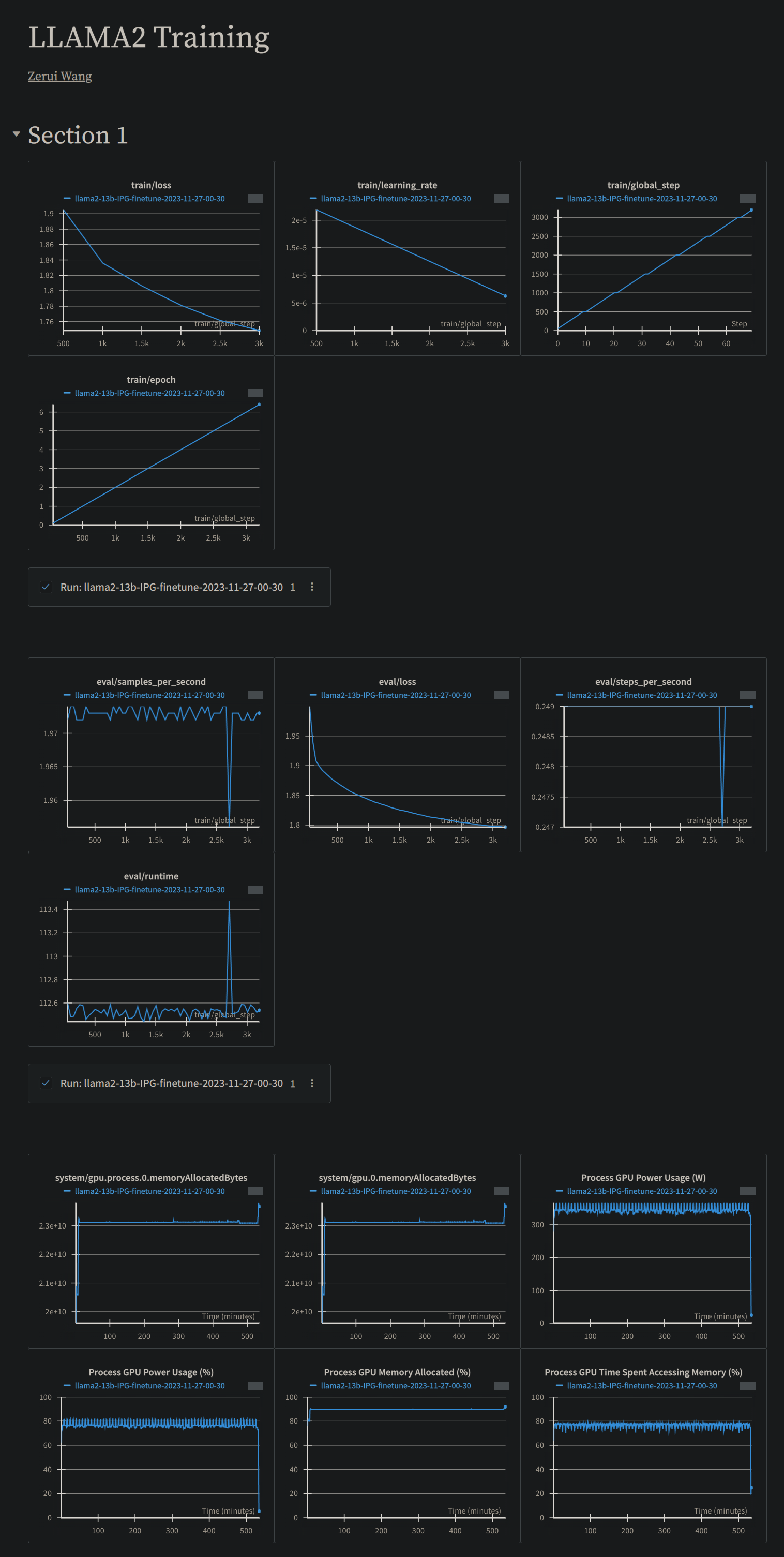LLAMA Job Skills Extractor Project
AI-powered tool for extracting key skills from job descriptions
LLAMA Job Skills Extractor: AI-Powered Tool for Identifying Key Skills from Job Descriptions

Model: Visit LLAMA Job Skills Extractor on Hugging Face
https://huggingface.co/wangzerui/Job-Skiils-Analysis
The LLAMA Job Skills Extractor is a cutting-edge AI-powered tool designed to analyze job descriptions and extract the key skills required for each position. This project leverages the powerful LLAMA 2 model, utilizing advanced techniques such as quantization and Low-Rank Adaptation (LoRA) to optimize performance and efficiency. Here’s a detailed overview of the features and functionalities of the LLAMA Job Skills Extractor:
Key Features
- Efficient Data Processing: Clean and format job descriptions to maximize model understanding.
- Advanced Model Fine-Tuning: Use of LLAMA 2 with 4-bit or 8-bit quantization for efficient training.
- Low-Rank Adaptation (LoRA): Reducing the number of trainable parameters while maintaining model performance.
- Comprehensive Skill Extraction: Analyze job descriptions to accurately identify required skills.
- Real-Time Performance Tracking: Monitor training metrics with Weights & Biases for continuous optimization.
Technologies Used
- LLAMA 2 13B Model: A state-of-the-art language model architecture.
- Quantization: Reducing the precision of model weights to decrease memory usage and increase training speed.
- LoRA (Low-Rank Adaptation): A technique to reduce the number of trainable parameters, making fine-tuning more efficient.
- Weights & Biases: A tool for tracking and visualizing training metrics, aiding in optimization and debugging.
- PEFT (Parameter-Efficient Fine-Tuning): A library used to prepare models for k-bit training, optimizing resource usage.
Project Workflow
Environment Setup
Setting up the environment involves installing necessary libraries and configuring system settings to ensure smooth operation. Key libraries include transformers for the model, datasets for handling data, and wandb for tracking experiments.
pip install transformers datasets wandb peft
We start by loading the necessary environment and libraries, ensuring that all dependencies are correctly installed.
import os
import wandb
from transformers import LlamaForCausalLM, LlamaTokenizer
from datasets import load_dataset
from peft import prepare_model_for_kbit_training, LoraConfig, integrate_lora
Loading and Formatting the Dataset
The first step is to load and format the dataset, ensuring that the job descriptions are properly structured for model training. We use the datasets library to load our dataset.
dataset = load_dataset('your_dataset')
Formatting the data is crucial for ensuring the model can effectively learn from it. We define a function to format each job description.
def formatting_func(example):
text = f"### Job Description: {example['job_description']}"
return {'formatted_text': text}
dataset = dataset.map(formatting_func)
Loading the Base Model
We use the LLAMA 2 13B model, employing quantization to manage computational resources efficiently. This involves loading the model in 8-bit precision.
model_name = 'meta-llama/Llama-2-13b-hf'
model = LlamaForCausalLM.from_pretrained(model_name, load_in_8bit=True)
tokenizer = LlamaTokenizer.from_pretrained(model_name)
Tokenization
Tokenization is critical for preparing text data for training. We analyze the token length distribution to set an appropriate model_max_length, ensuring efficient processing of inputs.
token_lens = [len(tokenizer.encode(text)) for text in dataset['formatted_text']]
max_len = max(token_lens)
print(f"Maximum token length: {max_len}")
Setting Up LoRA
We use LoRA to inject low-rank matrices into the model’s architecture, reducing the number of trainable parameters. This step involves preparing the model for k-bit training and configuring the LoRA parameters.
model = prepare_model_for_kbit_training(model, target_modules=['q_proj', 'k_proj', 'v_proj', 'o_proj', 'gate_proj', 'up_proj', 'down_proj', 'lm_head'])
lora_config = LoraConfig(r=32, alpha=64)
model = integrate_lora(model, lora_config)
Tracking Training Metrics with Weights & Biases
Using Weights & Biases to monitor the training process is crucial for tracking various metrics and optimizing the model. This tool helps visualize the model’s performance in real-time.
wandb.init(project='llama-job-skills')
model.train()
Training the Model
Training involves running the model through multiple epochs to fine-tune it. We use a training loop to update the model weights based on the loss computed from the predictions and actual values.
from transformers import Trainer, TrainingArguments
training_args = TrainingArguments(
output_dir='./results',
num_train_epochs=3,
per_device_train_batch_size=4,
per_device_eval_batch_size=4,
logging_dir='./logs',
logging_steps=10,
)
trainer = Trainer(
model=model,
args=training_args,
train_dataset=dataset['train'],
eval_dataset=dataset['validation'],
)
trainer.train()
Evaluating the Model
Evaluating the model’s performance on a validation set involves calculating metrics such as precision, recall, and F1-score to ensure the model generalizes well to unseen data.
from sklearn.metrics import precision_score, recall_score, f1_score
preds, labels = [], []
for batch in dataset['validation']:
outputs = model(**batch)
preds.extend(outputs.logits.argmax(dim=-1).cpu().numpy())
labels.extend(batch['labels'].cpu().numpy())
precision = precision_score(labels, preds, average='weighted')
recall = recall_score(labels, preds, average='weighted')
f1 = f1_score(labels, preds, average='weighted')
wandb.log({"precision": precision, "recall": recall, "f1": f1})
https://api.wandb.ai/links/zeruiw/9ogsmdst

Conclusion
The LLAMA Job Skills Extractor exemplifies the powerful integration of AI technology with job description analysis, offering precise, data-driven insights. The project showcases the application of advanced AI models and efficient fine-tuning techniques, resulting in a practical tool that can significantly benefit recruiters and job seekers.